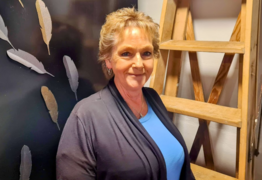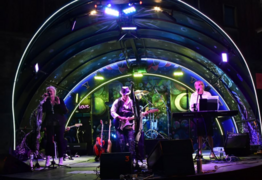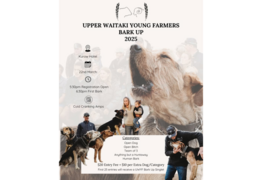Crucible residency a chance for artist to forge new skills
Ashley Smyth
17 March 2025, 11:07 PM
 Motoko Kikkawa with the first piece she has made at the Gillies MetalTech foundry, as part of her artist residency. Photo: Ashley Smyth
Motoko Kikkawa with the first piece she has made at the Gillies MetalTech foundry, as part of her artist residency. Photo: Ashley SmythJapanese-born artist Motoko Kikkawa loves to challenge herself when it comes to art.
“In the art world, a mistake is not a mistake,” she says. “That’s upside down. We celebrate the mistake.”
That’s also what she enjoys about New Zealand, and why she decided to move here from Tokyo about 20 years ago.
“Everyone recommended me, oh, you should go to New Zealand . . . because it's opposite. Everything is opposite.”
She says “the rules” are different here than in Japan.
Motoko is one of the new artists taking part in the Crucible Artist Residency, about a month into the pilot programme’s second phase.
The residency programme was launched by the Hynds Foundation and Gillies MetalTech foundry at the foundry, last year, and Karitane-based artist John Ward Knox is also taking part this time around.
The pair follow on from Karen Aitken and Sian Quennell Torrington.
Motoko has been living in Dunedin since she moved to New Zealand and graduated from the Dunedin School of Art in 2010.
She is having fun in Ōamaru, she says.
Learning how to use the foundry, with the help of staff, means she gets to extend the way she expresses herself through her art.
“It’s very, very fun, because I love doing new things.”
She says someone once told her, her work is very organic.
“I work with my feelings, not logic.
“I am a very logical person but I don't make logical art, I follow the feeling.”
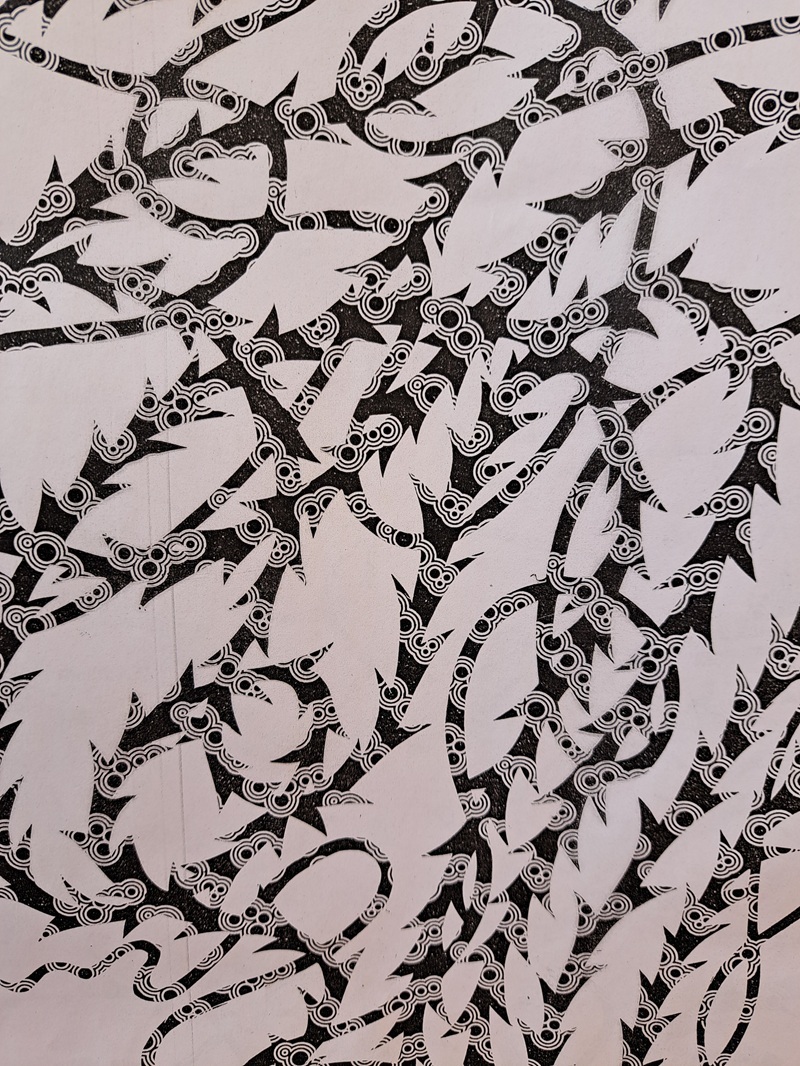
Motoko's artwork for this residency began as the inside of a Census envelope. Photo: Ashley Smyth
She has always enjoyed making contemporary art and likes using materials she finds lying around - like rubbish.
The patterns for the work she is doing as part of her residency came from the inside of the Census form envelope she has been holding onto.
“The envelope was black and white, and, wow, it's very cool, and I wanted to keep it . . . And I didn't plan anything, just made the cutout.”
Her cutout shape is inspired by seaweed.
“Because seaweed is really beautiful, flowing. And when it's dry, it's very beautiful, and this is kind of our life.”
The works she is making are painstakingly intricate. Once she had her shape, she photocopied it onto a transparent sheet, and then played around with putting duplicates of the same design together and on top of each other to make different forms.
“So depending on how you put it on, completely different things come up,” Motoko says.
She took photos of the different patterns, and is using them as the templates for the moulds she makes for casting in the forge.
The templates have been laser-cut from wood, and then the edges rounded, to make it easier to pull out of the sand moulds the molten metal is poured into.
“That took a looong time”, she laughs. “I didn’t know how to use it, I didn’t know what materials were good.”
Now that Motoko has her first piece of work out of the forge, she is left with the task of refining it, and smoothing out all the edges with a small metal sanding tool.
She is hoping to make at least three pieces in the 16 weeks she has at the forge, to show how the idea works.
Playing with the shapes has made her realise that symmetry looks “very comfortable”.
“If it is symmetry, or perfect, we, I feel, maybe everyone feel, kind of comfortable. People think it's cool, but at the same time, boring,” Motoko says.
“Maybe, how about a little bit of not too similar . . . could be interesting.”
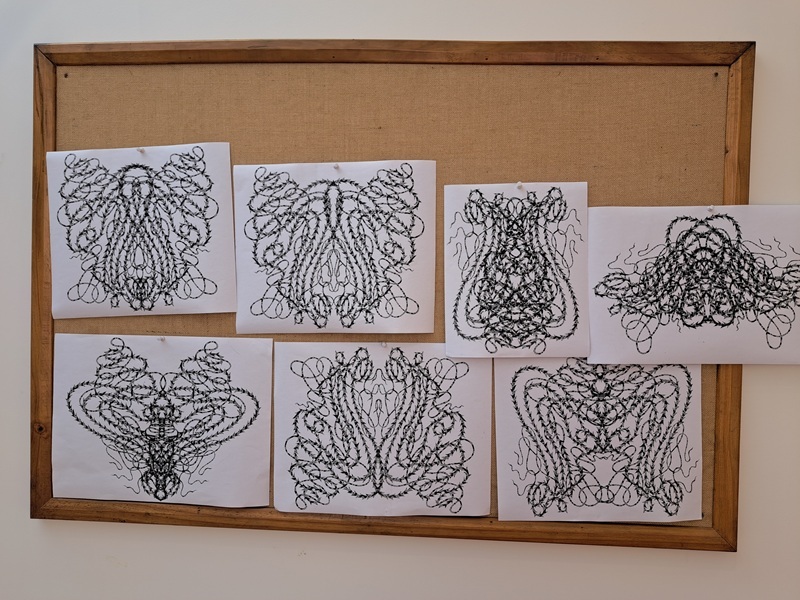
Some of the shapes Motoko has come up with by layering her template in different ways. Photo: Ashley Smyth
In her breaks from working on her Crucible pieces, Motoko produces artwork using watercolours and calligraphy ink.
She paints, and then draws delicate and intricate details within the paintings.
“It's asymmetrical, but balanced,” she says.
“So, I think my work has all ended up about the world . . . Helping each other and fighting with each other, and carrying on the life.
“I think this way of thinking is a very Asian, Buddhism way of thinking - I'm not living by myself, I'm part of everyone's life . . . It's like we are sitting in a swimming pool or a common bath, and everyone is connected.”
She says the work just appears without her thinking.
“I just follow.”
She enjoys creating intricate art, using small things such as grains of rice, which take a lot of time. But because she finds it fun, it’s easy, she says.
Motoko says Ōamaru is perfect for her, because she doesn’t drive and can walk everywhere she needs to go, and it’s easy to meet people.
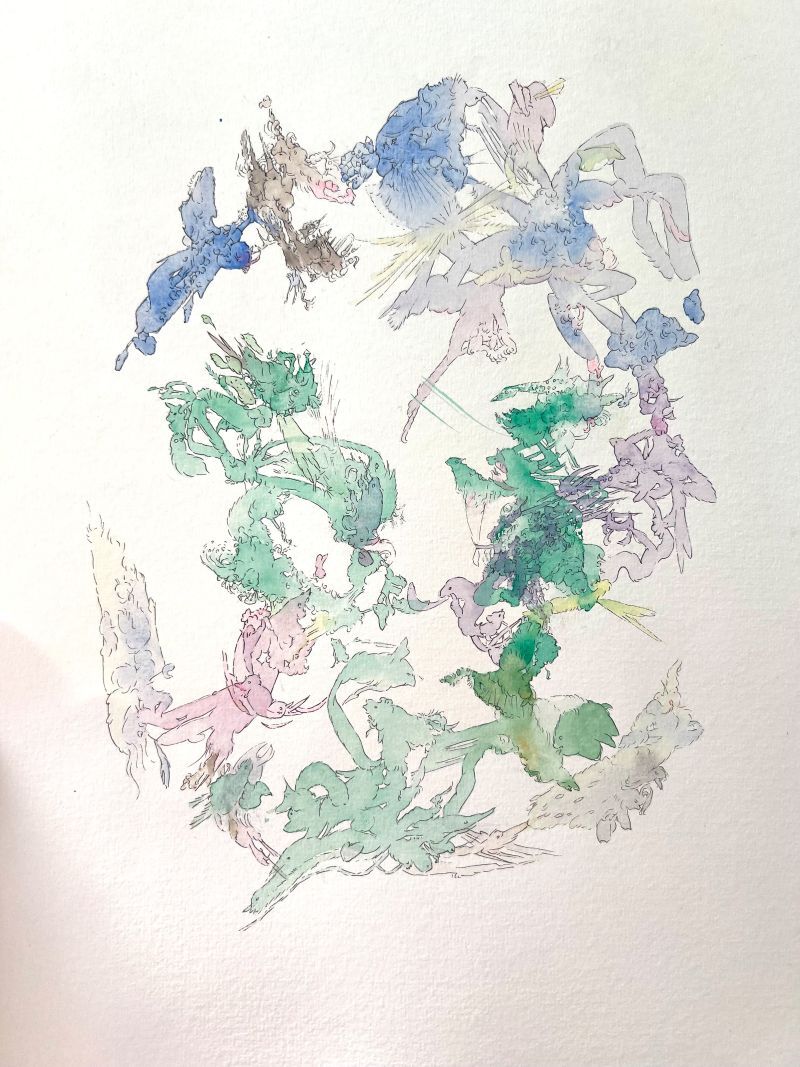
One of the artworks Motoko has done during her residency. Photo: Motoko Kikkawa
“Everyone looks very friendly and happy.
“I think young people in Ōamaru are thinking Ōamaru is small and boring, but from overseas people, it's ‘wow’!”
Once she has finished with the residency, Motoko has plans to use grass for her next project.
“I like to do new things. To enjoy the life,” she says. “I always look at science for new discovery or new idea.”
As we grow up, we are taught what things in nature are good and bad, Motoko says.
“But actually we don't need to think like that . . . this is what I’m thinking.
“I'm always trying to make beautiful. Also new . . . I love to surprise myself.”
An exhibition of Motoko's and John's works will be held towards the end of their residencies, at around King's Birthday Weekend.
NEWS
WHAT'S ON GUIDE
